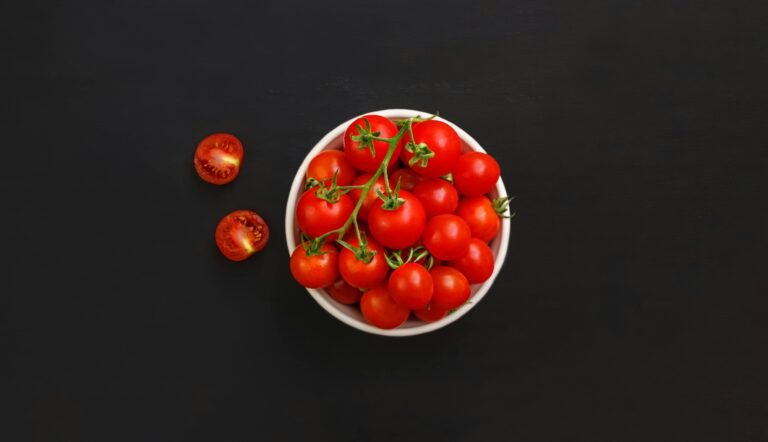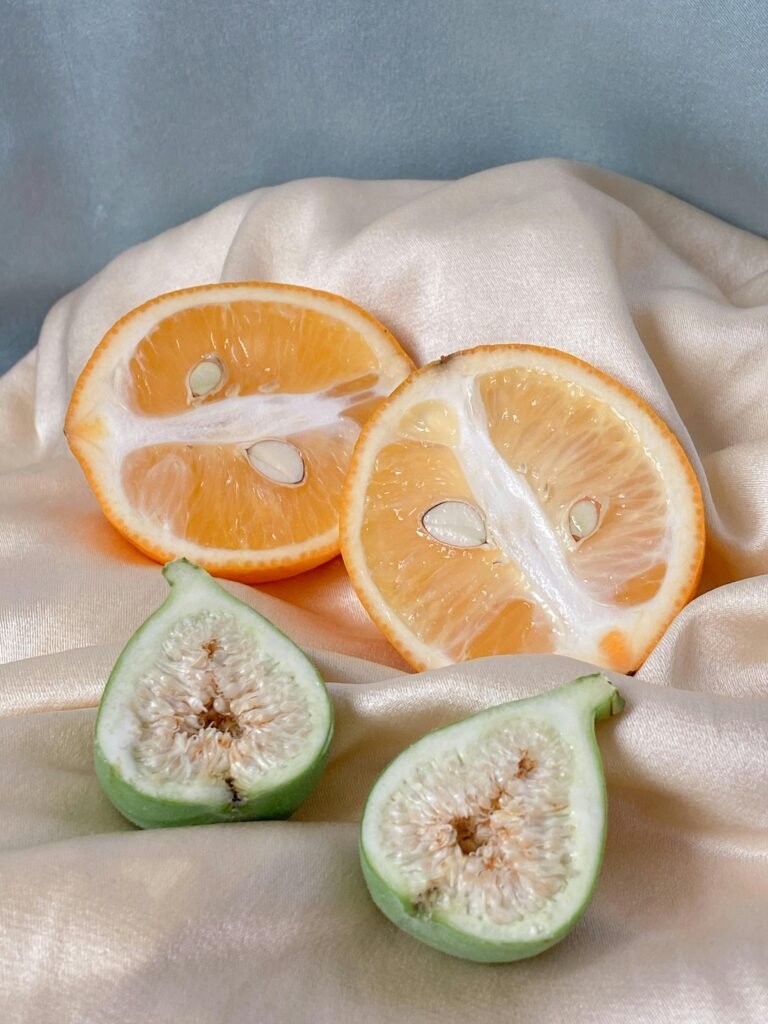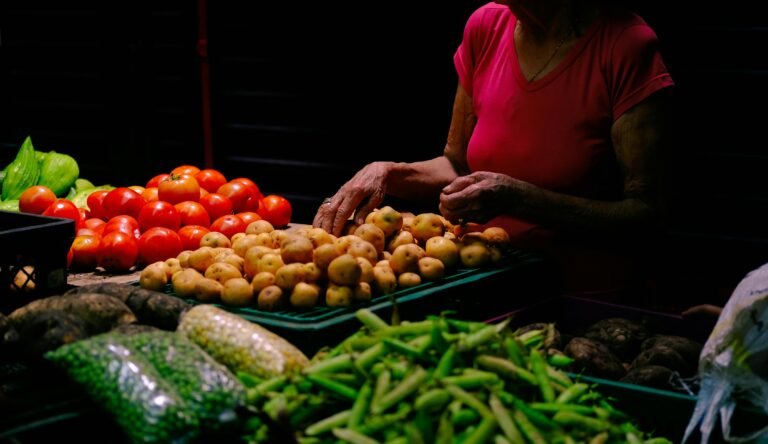The macrobiotic diet: the scheme for weight loss
The macrobiotic diet is a diet that arises from the concept of macrobiosis , that is of longevity (macro-bio = long life): it is in fact a diet that aims to recover psycho-physical well-being by ensuring that the body is nutritionally balanced .
This concept of balance is very important, it is the basis of life. In fact, our body always tends to re-establish a balance, that is an osmosis: even the development of a disease can in fact be seen as a state of imbalance (at the cellular, lymphatic, organ, physical or mental level). This balance is what keeps not only man alive, but all living beings, including the plant kingdom.
But how to apply this concept to the diet, and how to achieve psycho-physical well-being and balance through nutrition? The macrobiotic diet teaches this, that through certain foods, energy levels can be restored, representing this balance between the Yin and Yang forces. How? Paying attention to food and our feeling of well-being / malaise in relation to the effect that food has on our body.
Does it make you lose weight? The macrobiotic diet is not a weight loss regimen per se, it is a regimen that can lead to:
– having the right body weight
– regaining general well-being
– reducing cholesterol and the risk of inflammatory diseases
– increasing longevity
So calories are not counted , but you organize your diet through the right foods.
To understand what they are and how to set up a diet following the principles of the macrobiotic diet, let’s first see the list of foods allowed in the diet on a daily basis , and those to eat only once a week.
The ideal is to eat organic foods, and it is necessary to observe the seasonality of fruit and vegetables.
MACROBIOTIC DIET: FOOD LIST
Whole grains and related flours: spelled spelled, millet, barley, brown rice of all types, whole wheat, rye, oats, buckwheat, whole corn cobs, amaranth, quinoa, polenta, cereal flakes whole wheat. Whole-grain flours of these cereals are also allowed, but they should be consumed infrequently and it is better to eat grains, or cook something at home. Even cereals must be sought locally, according to the availability of the territory, and not by buying foods grown a hundred thousand km away. Occasionally: wholemeal pasta, rice noodles.
Vegetables:daily only green leafy vegetables such as chicory, chard, parsley, the green part of spring onions, Chinese cabbage, rocket, cabbage. Plus broccoli and kale, radicchio, onions, carrots, cauliflower, brussel sprouts, all kinds of squash, celeriac, shitake mushrooms, sauerkraut. Occasionally you can eat artichokes, salads, green beans, normal mushrooms, celery, endive, fresh peas and sprouts, courgettes, sweet potatoes.
Legumes: eaten once a day, including azuki beans, black soy, chickpeas, red and green lentils. Everyone else occasionally. Soy products:
they must be present in each meal in small doses (30-40 g) or occasionally (a normal portion twice a week, for example). Natural tofu, tempeh, silk tofu, smoked tofu and tempeh.
Dishes can be seasoned with aromatic herbs , whole sea salt, rice miso, rice vinegar, seaweed. Algae are very important in the macrobiotic diet and must be present on a daily basis. And then: olive, sesame, sunflower and coconut oil.
Fruit: You can only eat seasonal fruit two or three times a week, even dried fruit. Restrictly eat all tropical fruits, such as bananas, but also figs, mangoes, avocados, etc.
Walnuts:you can eat up to 200 grams per week of nuts and oil seeds. Eat pistachios and tropical nuts with restrictions.
Fish: You can eat fish two or three times a week.
Meat and cheese: Poultry once a week. Cheese and yogurt only occasionally. Red meat prohibited.
Sugar: only malt or rice syrup, malt or barley syrup.
You can drink water, green tea, soy milk, carrot juice, organic apple juice, organic wines and beers, other teas or herbal teas.





























+ There are no comments
Add yours